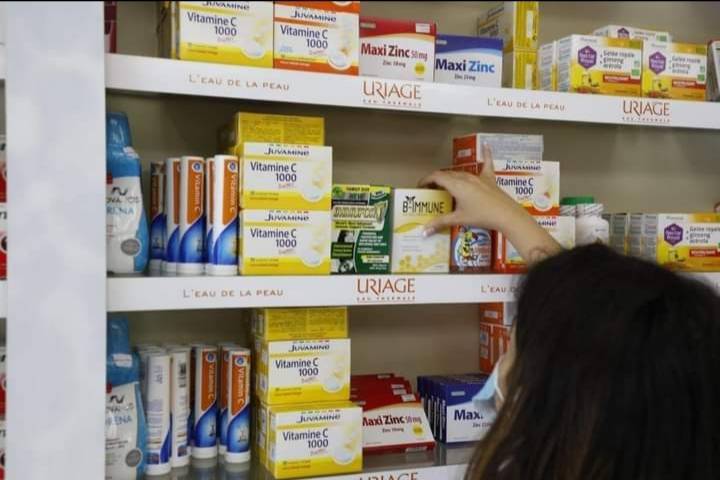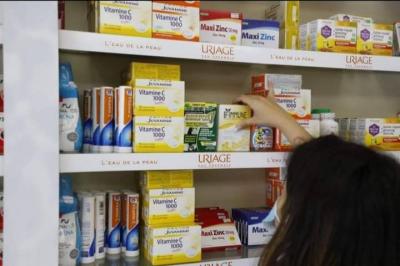A seventy-year-old man spent four hours standing at the entrance of the central drug distribution center in Karantina. He holds a bag in one hand and rests his fatigue against the wall with the other. He has been there since eight in the morning, waiting to hear his number called, but it never comes. As noon approaches, he silently watches for that sound, though fear grows as closing time nears—not just because the center's operating hours are ending, but because the ice in his bag has started to melt. The old man mutters to the person standing nearby; this ice was meant to keep his chemotherapy vials cold for the cancer that is ravaging his lungs.
**Waiting for the Unattainable**
This is not the first time the man has waited at the center, which has come to be known among cancer and chronic illness patients as "Karantina." "Every time I get a chance to come here, I do," he says. In the last two months, with public sector employees on strike, the only day to get to Karantina has been Wednesday, when the center's employees are at work. However, to this day, all roads have not led to medicine. He lamented, "I've been without it for four months."
He is not alone; many stand in the queues waiting to hear their number called, hoping to be "set free," as Rami, who has been coming to the center for three months to inquire about his wife’s breast cancer medication, states. Since that time, he has not received a single pill. "Every Wednesday, I come to check." During the shortage, Rami has been buying the medication for his wife from "a wholesaler for seven million lira," but the medicine has not been available from the dealer for about a month now. "So I started asking my son, who works in Africa, to send the money for it." Each time (every 21 days is the treatment schedule), when he asks his son for the amount to buy medication worth 1,700 US dollars, he thinks about how he is forcing his son to work "a whole year just to cover his mom’s treatment costs." So far, he has purchased medication for his wife "three times at my son's expense," while the file he holds from the Ministry of Public Health to obtain drugs from the distribution center in Karantina remains unused. Yet he keeps it with him "just in case I need it someday."
**The Scene in Karantina**
It is difficult to compare the queues of people standing in front of the drug distribution center in Karantina to other queues, such as for diesel or bread. Standing here is more bitter because the lack of a single pill can lead to a decline in the patient’s health, potentially resulting in death, especially since cancer cells regenerate every 21 days. Additionally, arriving early at the Karantina center and receiving a number does not guarantee receiving medication; in many cases, "the number only helps you check if the medication is available," according to a source at the center. If luck is on your side and the drug is available, receiving your turn does not guarantee you will get it, based on the principle that "the one who arrives first gets the medicine," the source adds.
This situation is attributed to the economy of distribution and the low amounts of medicines arriving, with nearly 300 different types available. The estimated availability of medications at the center is about 40%, meaning 60% of drug types are still missing. Moreover, the medications that arrive do not cover the actual needs of the center or the patients, "especially since most patients' prescriptions include more than one drug, which complicates matters."
The 40% does not represent a "net" percentage; what actually arrives is "40% of the 40%!" This is due to non-binding negotiations between the Ministry of Public Health and drug import companies, in which the former asks that 40% of the drugs imported by those companies be allocated to the Karantina distribution center. This percentage is not fixed and often comes "on a goodwill basis," meaning the quantity imported might be less, thus resulting in a lower percentage, as sources say.
Based on the principle of "taking what's available," this ratio is divided between 50% for the Karantina distribution center, which is now allowing patients to collect their medications based on their residential areas, and another 50% distributed among centers in other regions, not equally "but based on the size and need of each center and the number of patients." This faces two major obstacles: first, it puts the main center in competition with others, and second, it creates challenges "in distributing the remaining 50% among the centers."
The worst aspect of this suffering is that once the medication runs out at the centers, "no one knows when it will arrive again," in this case adding it to the list of missing medications.




